Introduction to SaaS Applications
Are you tired of downloading and installing software on your computer? Do you want the flexibility to access applications from anywhere, at any time? Look no further than SaaS and integration solutions! In this blog post, we will explore the world of Software as a Service (SaaS) and how it has revolutionized the way businesses operate. Whether you're an entrepreneur or a tech-savvy individual, understanding SaaS integration is crucial in today's digital landscape. So, buckle up and get ready to dive into the exciting realm of SaaS!
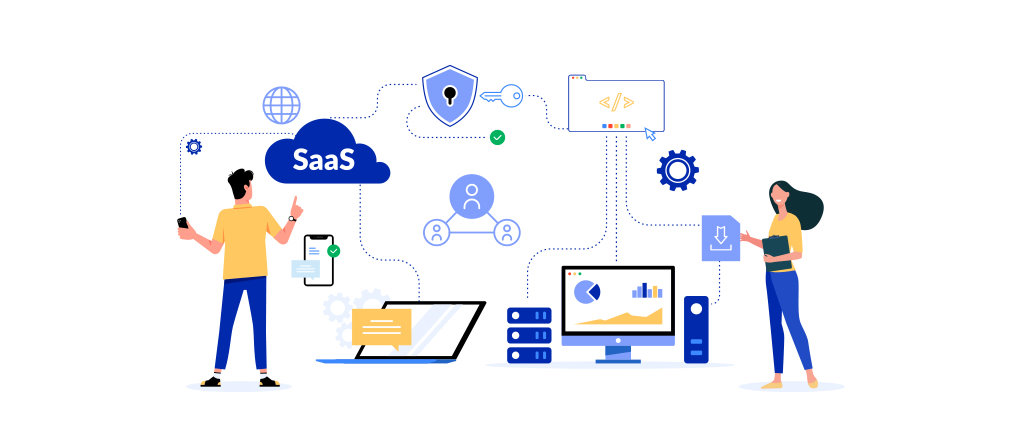
The Basics of SaaS: Software as a Service
In the world of rapidly evolving technology, traditional software models are being replaced by more flexible and efficient solutions. One such solution is Software as a Service (SaaS).
So what exactly is SaaS? At its core, SaaS refers to cloud-based applications that are accessed through the internet. Instead of downloading and installing software on individual devices, users can simply log in to their accounts and access the application from anywhere, at any time.
One major benefit of SaaS is its subscription-based pricing model. This eliminates the need for large upfront costs typically associated with purchasing software licenses. Users pay a monthly or annual fee based on their usage, making it an affordable option for businesses of all sizes.
SaaS apps are also known for their scalability. As your business grows or changes, you can easily add or remove users without having to worry about complex installations or upgrades. This flexibility allows businesses to adapt quickly to changing needs and stay ahead in today's competitive market.
SaaS apps often come with built-in integrations and updates. Integration services enable seamless connectivity between different systems and provide real-time data synchronization across platforms. This means that you can streamline your workflows by integrating various tools and processes into one centralized system.
Choosing the right SaaS product depends on your specific business requirements. Consider factors such as functionality, user interface, customer support, security features, and integration capabilities when evaluating different options.
It's important to note that there are some common misconceptions about SaaS applications worth addressing. For example, many believe that using cloud-based software poses security risks; however, Saas providers invest heavily in robust security measures to protect sensitive data.
As we move forward into the future of technology advancements the demand for innovative Saas integration platforms will continue to grow. Major trends include AI-powered automation and increased focus on customization, collaboration and mobile accessibility.
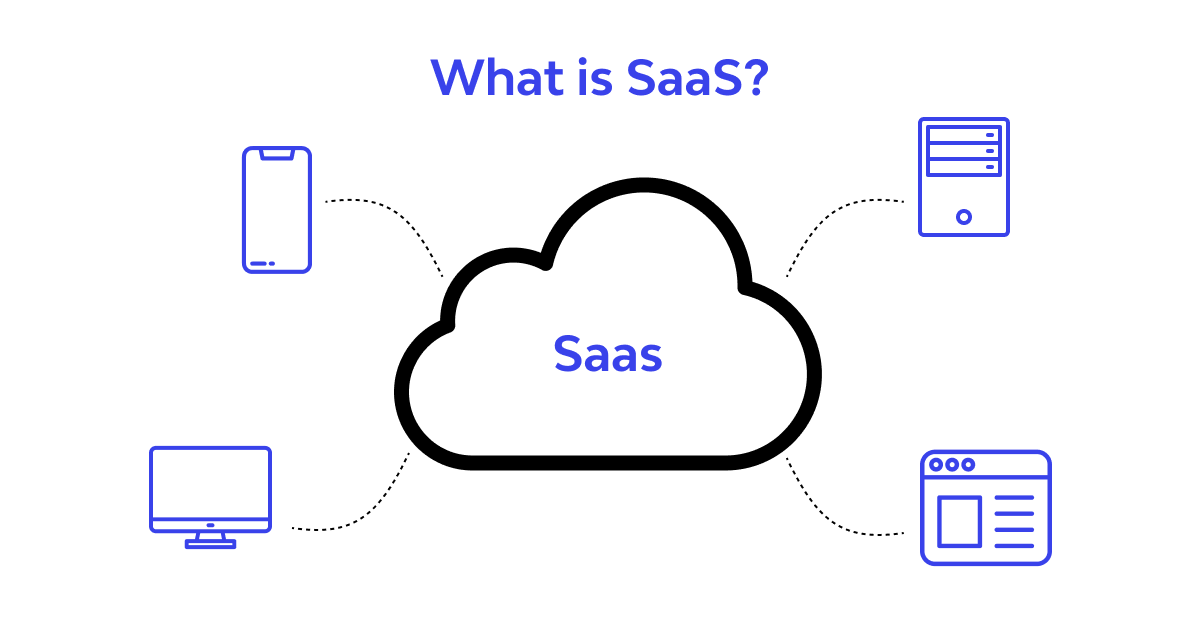
Benefits of Using SaaS Applications
SaaS applications, also known as Software as a Service, offer numerous benefits to businesses of all sizes. One major advantage is the cost savings associated with using SaaS. Instead of purchasing expensive software licenses and hardware infrastructure, businesses can simply subscribe to a SaaS application and pay for it on a monthly or annual basis.
Another benefit is the flexibility and scalability that SaaS applications provide. With traditional software, businesses often need to anticipate their future needs and purchase expensive upgrades in advance. However, with SaaS applications, businesses can easily scale up or down based on their current requirements.
SaaS applications also offer increased accessibility and collaboration capabilities. Since these applications are cloud-based, users can access them from anywhere at any time with an internet connection. This allows for seamless collaboration between team members who may be located in different geographic locations.
SaaS companies handle all the maintenance, updates, and security measures for their applications. This eliminates the need for businesses to invest resources in managing these aspects themselves.
In addition to cost savings and convenience, hiring skilled developers who specialize in building SaaS platforms ensures high-quality results, however, their expertise comes at a premium price compared to less experienced developers or freelancers.
Utilizing SaaS applications can bring significant advantages to businesses including reduced costs, improved flexibility and scalability options, enhanced accessibility and collaboration capabilities and access to advanced features without the burden of maintenance.
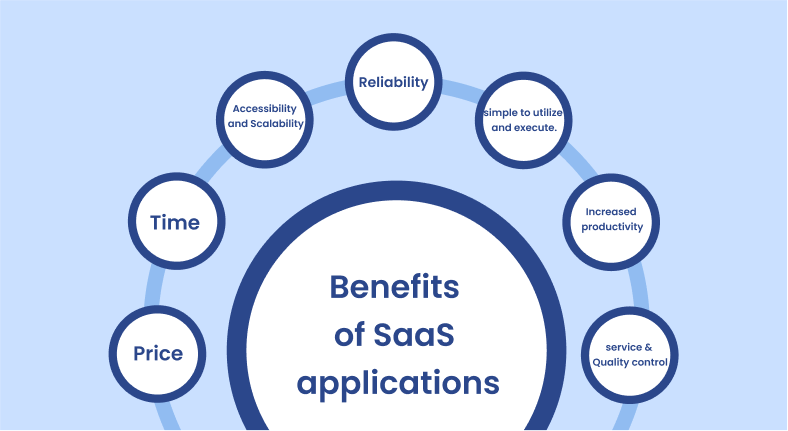
Types of SaaS Applications
SaaS applications come in various forms, catering to different business needs and industries. Here are some common types:
1. Customer Relationship Management (CRM): CRM software helps businesses manage their customer relationships, track sales leads, and streamline marketing efforts.
2. Human Resources Management (HRM): HRM solutions simplify employee management tasks like recruitment, onboarding, payroll processing, and performance evaluation.
3. Project Management: These tools facilitate collaboration among team members by providing a centralized platform for task assignment, progress tracking, and document sharing.
4. Accounting Software: SaaS accounting applications enable businesses to manage their finances efficiently with features such as invoicing, expense tracking, and financial reporting.
5. Collaboration Tools: These platforms promote teamwork by offering real-time communication channels like chat rooms or video conferencing along with file-sharing capabilities.
6. E-commerce Platforms: SaaS-based e-commerce solutions provide everything needed to launch an online store including product catalog management, payment processing integration, and inventory tracking.
7. Marketing Automation: This category includes tools for email marketing campaigns automation, lead generation processes optimization and social media monitoring.
These are just a few examples of the wide range of SaaS applications available today. Each type integration platform serves specific purposes but can also be customized according to individual business requirements.
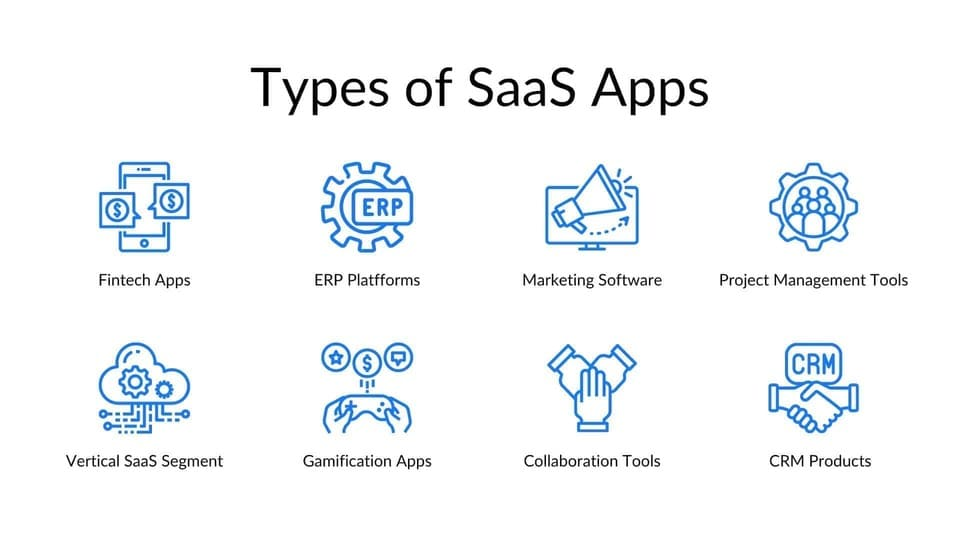
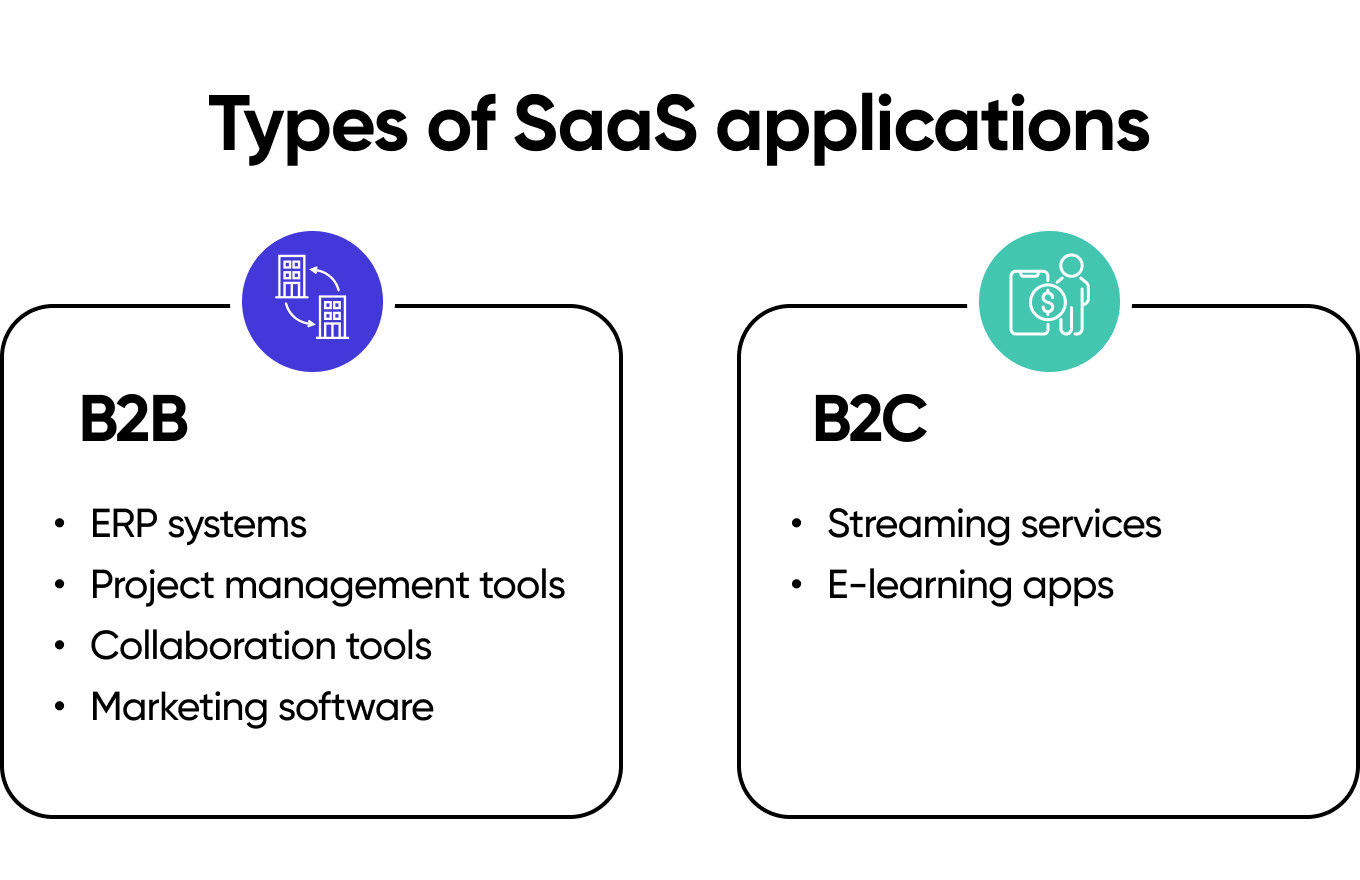
Advantages for Businesses
Increased Efficiency: One of the main advantages of utilizing SaaS applications is the improved efficiency they bring to businesses. With SaaS, employees can access software and data from any location with an internet connection, eliminating the need for on-site installations or maintenance. This allows for seamless collaboration and increases productivity across teams.
Cost Savings: Implementing SaaS applications can be a cost-effective solution for businesses. Instead of investing in expensive hardware and software licenses, companies can subscribe to a SaaS service on a pay-as-you-go basis. This eliminates upfront costs and reduces IT expenses associated with maintenance, upgrades and support.
Scalability: Another benefit of using SaaS applications is their scalability. As your business grows or experiences fluctuations in demand, you can easily adjust your subscription level to match your needs. This flexibility allows you to avoid overpaying for unused resources or facing limitations during peak times.
Enhanced Security: Many businesses are concerned about the security risks associated with cloud-based solutions. However, reputable SaaS companies invest heavily in robust security measures such as encryption protocols, regular backups, and multi-factor authentication. They also ensure compliance with industry standards such as GDPR or HIPAA.
Streamlined Integration: Integrating different software systems within an organization can be complex and time-consuming. However, many SaaS applications offer integration capabilities that allow them to work seamlessly with existing tools used by the businesssuch as customer relationship management (CRM) systems or project management platforms.
Competitive Advantage: By leveraging innovative technologies through SaaS applications that streamline processes and workflows while enabling data-driven decision-makingbusinesses gain a competitive edge over others still relying on traditional software solutions.
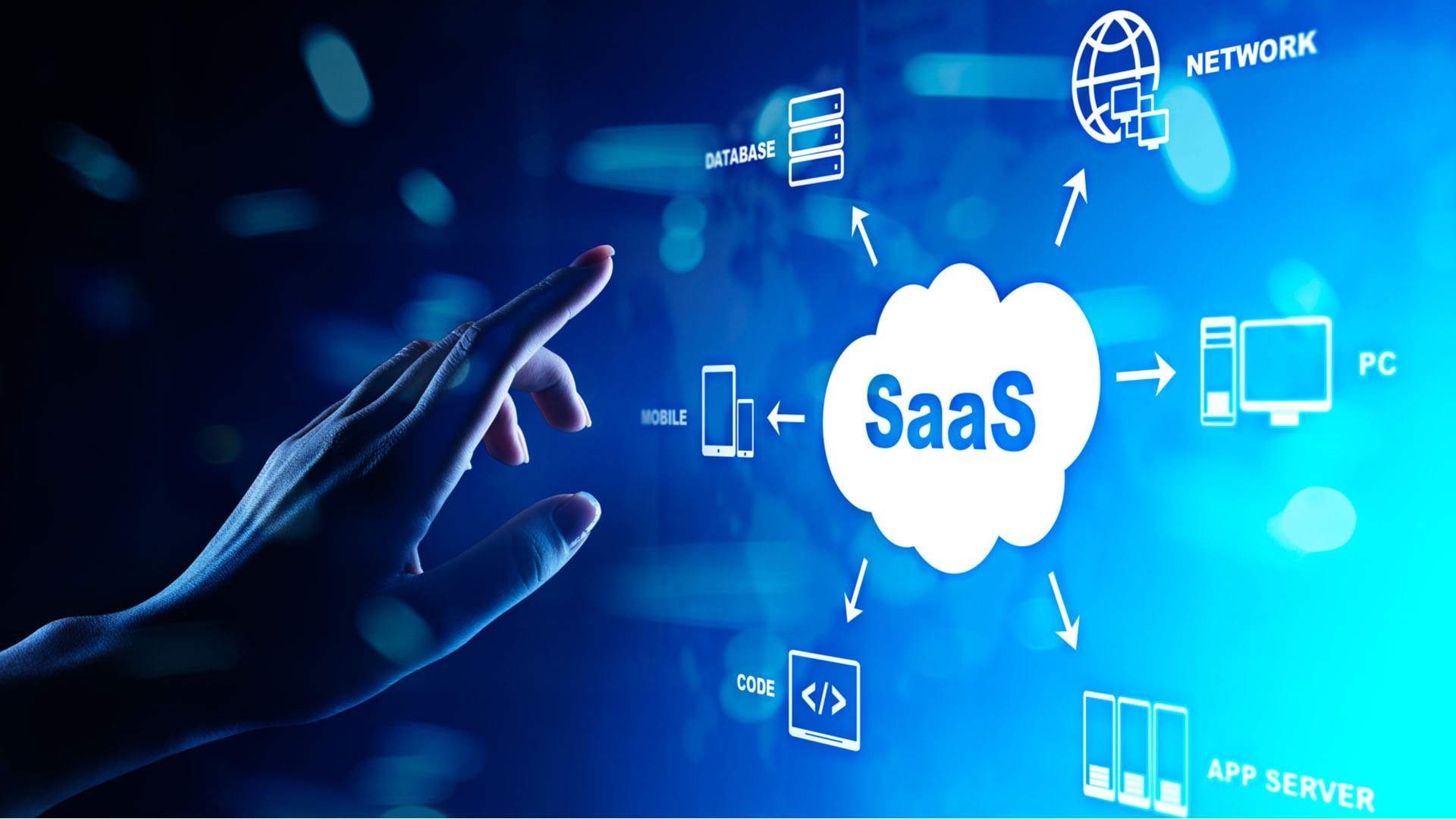
How to Choose the Right SaaS Application for your Needs
When it comes to choosing the right SaaS application for your needs, there are several factors to consider. First and foremost, you should have a clear understanding of your specific requirements and goals. What features do you need? How will this software benefit your business?
Next, research different SaaS providers and compare their offerings. Look at their reputation in the industry, customer reviews, and case studies. This will give you an idea of how reliable and effective their applications are.
Integration capabilities are also crucial. Ensure that the SaaS application can seamlessly integrate with other systems or platforms that you currently use or may need in the future.
Don't forget about support services. A responsive and knowledgeable support team can make all the difference when encountering issues or needing assistance with implementation.
By carefully evaluating these factors, you'll be better equipped to choose a SaaS application that meets your unique needs and drives success for your business.
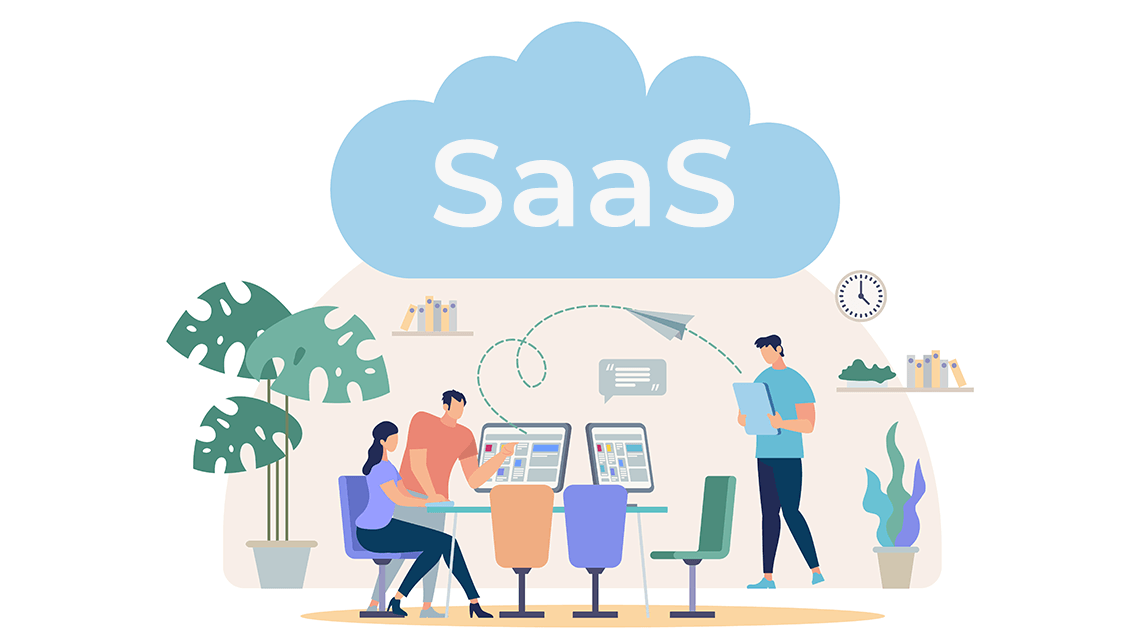
Common Misconceptions about SaaS
There are several common misconceptions surrounding SaaS applications that can create confusion for businesses and individuals alike. Let's address some of these misunderstandings to gain a clearer understanding of what SaaS truly entails.
One misconception is that SaaS applications are not secure. Some people believe that because the software is hosted in the cloud, it may be more vulnerable to security breaches. However, reputable SaaS providers prioritize security and employ robust measures such as encryption, firewalls, and regular data backups to safeguard user information.
Some individuals also mistakenly assume that all their data will be lost if they stop using a particular SaaS application. However, this is not the case; many providers offer options for exporting or migrating data when transitioning from one platform to another.
There is a belief that customization options are limited within a SaaS environment compared to on-premises software. While it's true that customization may be more restricted in certain areas due to shared infrastructure, many modern-day SaaS applications offer flexibility through configuration settings or API integrations.
Some people think that subscribing to multiple different SaaS applications will lead to integration challenges and inefficiencies. However, many providers now offer built-in integration capabilities or integrate seamlessly with popular tools through APIs or third-party platforms like Zapier.
By debunking these common misconceptions about SaaS integration, businesses can make informed decisions about adopting this technology without being hindered by unfounded concerns or doubts.
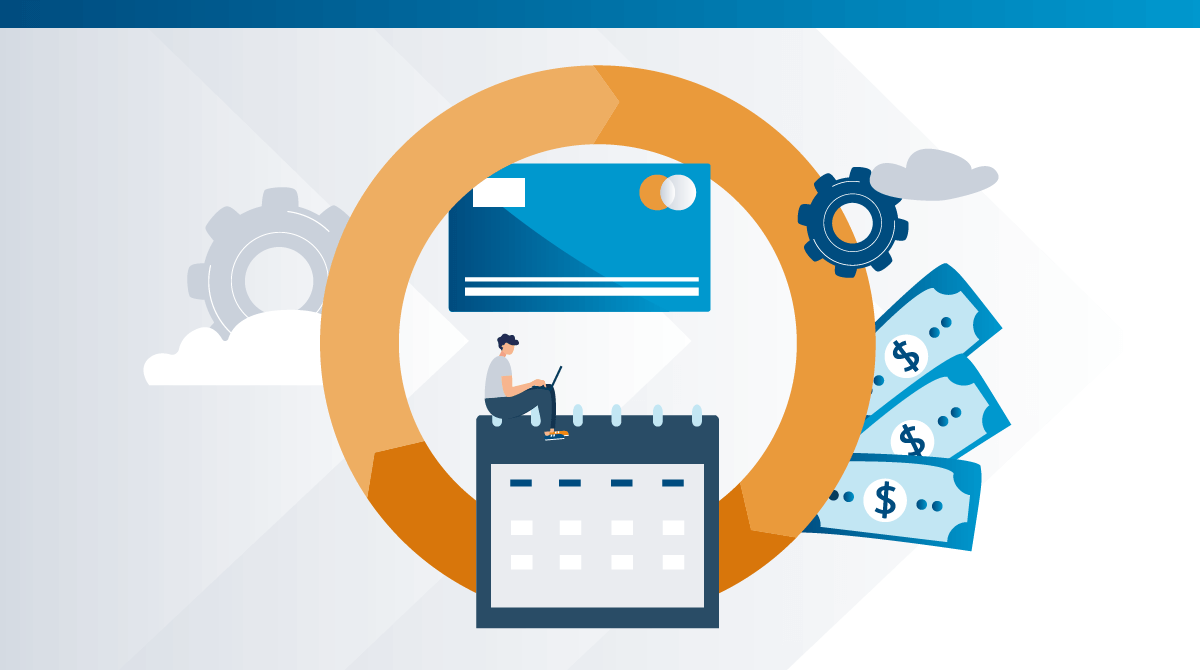
Future Trends and Developments in the SaaS Industry
Future trends and developments in the SaaS industry are constantly evolving, driven by technological advancements and changing customer needs. One major trend that is expected to continue is the growth of mobile SaaS applications. With more people relying on their smartphones and tablets for everyday tasks, businesses are recognizing the importance of providing mobile-friendly software solutions.
As cloud computing becomes more prevalent we can expect an increase in hybrid cloud-based SaaS offerings. Hybrid models allow businesses to combine on-premises infrastructure with cloud services, providing flexibility and scalability.
Data security will remain a top priority in the future of SaaS integration. As cyber threats continue to evolve, providers will need robust security measures in place to protect sensitive information. The future holds exciting possibilities for the SaaS industry as it continues to adapt and innovate according to changing market demands and technological advancements.

Conclusion
In this fast-paced digital age, SaaS applications have revolutionized the way businesses operate by providing efficient and cost-effective solutions. Whether you're a small startup or a large enterprise, integrating SaaS integration into your workflow can streamline your processes, enhance collaboration, and drive productivity.
From customer relationship management systems to project management software tools, there is a wide range of SaaS applications available to cater to different business needs. The benefits are undeniable - reduced upfront costs, scalability, automatic updates, and accessibility from anywhere with an internet connection.
Despite some misconceptions surrounding security concerns or limited customization options with SaaS integration, industry trends indicate continuous growth in this sector. As technology advances further and more businesses embrace cloud-based solutions, we can expect even greater innovation in terms of features and functionalities offered by SaaS providers.
Remember that embracing change is essential in today's dynamic marketplace. So why not explore what SaaS applications have to offer? Give your business the competitive edge it deserves!

